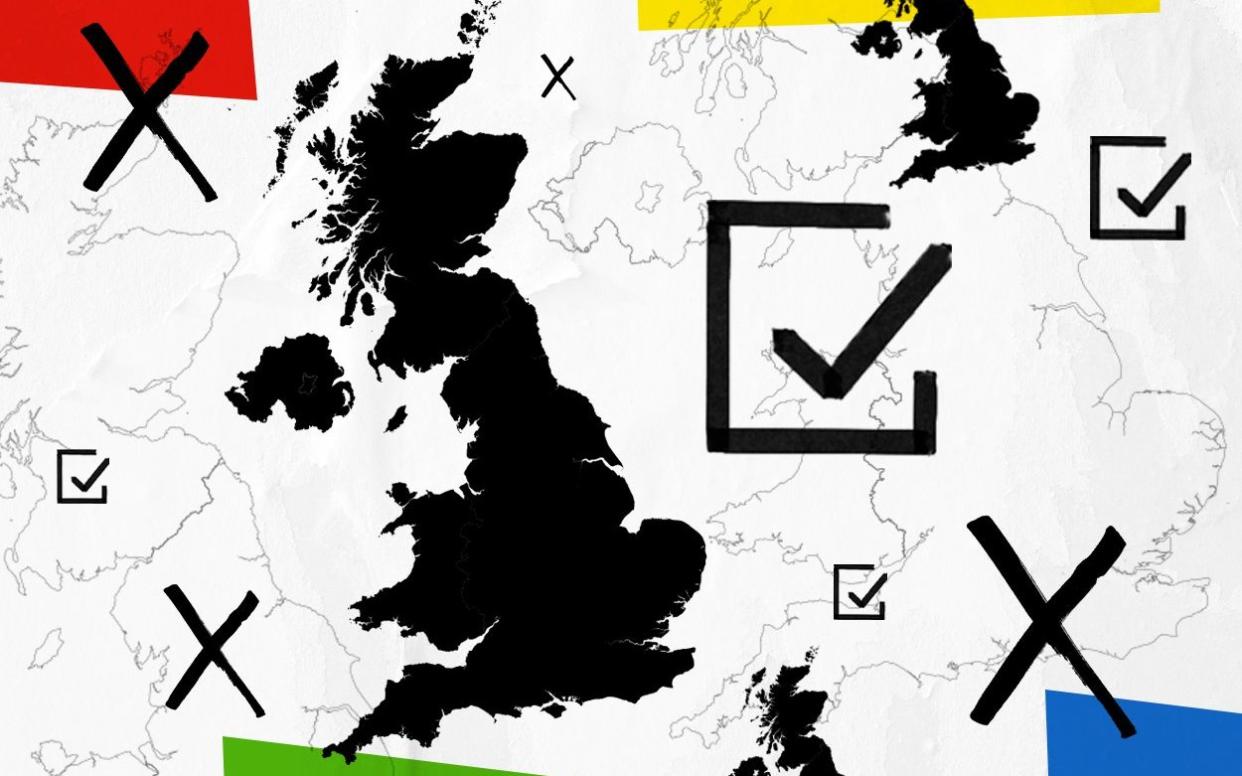How to vote in the local elections: Guide to registration, postal and in-person voting

Most of England will be heading to the polls on 2 May for local elections and, in England’s biggest cities, mayoral elections.
Voters will go to the ballot box to elect their local councillors, police and crime commissioners and, for those in London, 25 members of the London Assembly.
Here, The Telegraph sets out everything you need to know about how to vote before heading to the ballot box next month.
Am I registered to vote?
You are able to register to vote for the local elections online at any time before 11:59pm on Tuesday 16 April.
How to register to vote
You can visit the Government website to get onto the electoral register by providing your personal details, including your National Insurance (NI) number.
Paper forms are available for those who are not able to register online by contacting the local electoral registration office and asking for a form to be posted to you.
You normally only need to register to vote once - only requiring to register again if you have changed your name, address or nationality.
You can check if you are on the register by contacting your local electoral registration office.
How to vote in person
Since May 2023, voters in England and Wales have needed to provide a form of photographic ID at the ballot box.
Again for the upcoming local elections, voters will need to show a form of identification such as a driving licence, passport or blue badge in order to be able to cast their vote.
Certain travel passes can be used as valid photographic ID.
The name on the ID must match the name provided on the electoral register, otherwise a voter can bring a document with them to the polling station that proves they have changed their name.
Voters are also able to apply for a free voter authority certificate (VAC) either online or by post if they do not have accepted photo ID available.
Local electoral registration offices can provide information about where the nearest polling station is - but voters are also sent a poll card that says when the vote is and which station to attend.
How to apply for a postal vote
Anyone who wishes to apply for a postal vote must do so before 5pm on 17 April to receive a form in time for the local elections.
You are able to apply either online or by post. The online portal on the Government website requires you to provide an address, a NI number or some other identity document such as a passport.
Voters also normally need to upload a photograph of their handwritten signature in black ink on plain white paper.
You can alternatively download a postal vote application form, print it out and fill it in and send it to your local electoral registration office.
How to vote by proxy
You are able to get someone else to vote on your behalf if you cannot attend a polling station in person for the upcoming local elections.
Voters can apply for a proxy to go to the ballot box on their behalf in a limited set of circumstances, including if you are away on polling day, are a registered overseas voter or have a medical issue or disability.
You can also do so if you cannot vote in person because of work or military service.
To apply to vote by proxy, you must do so before 5pm on 24 April, though you may be able to put in an application for an emergency proxy vote in certain cases including lost photographic ID or a medical emergency.
Your chosen proxy must be someone you trust to vote on your behalf; they must be registered to vote and can do so at the polling station on your poll card.


